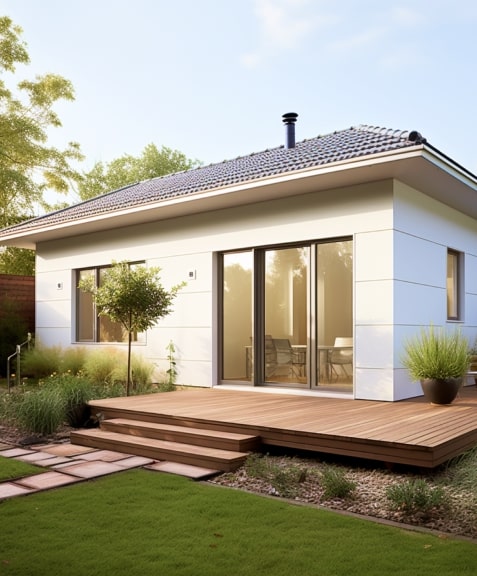
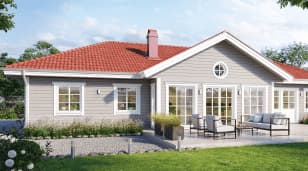
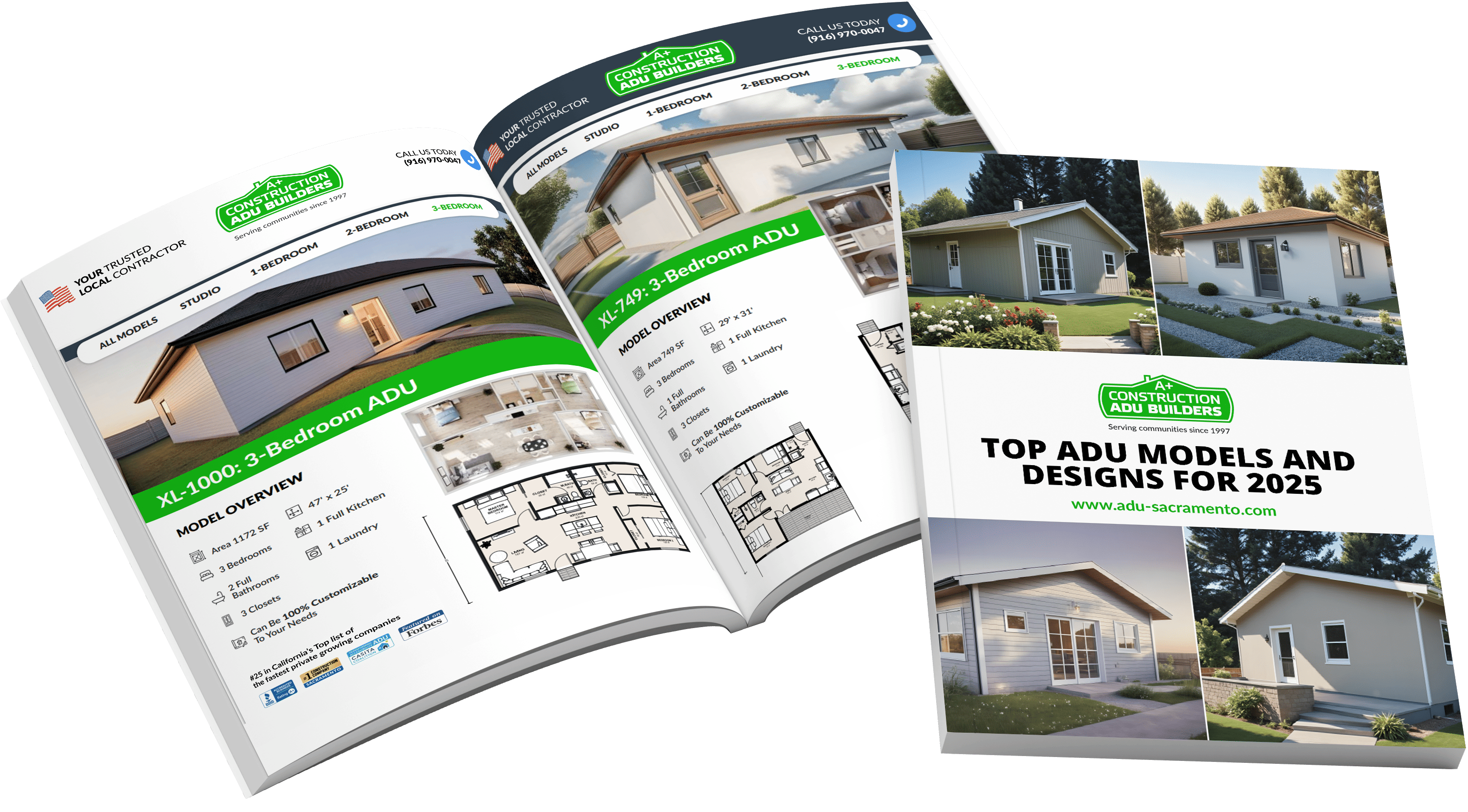


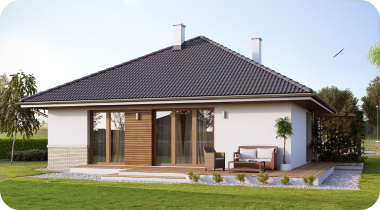
A link to download your FREE brochure will be in your inbox in 3 minutes
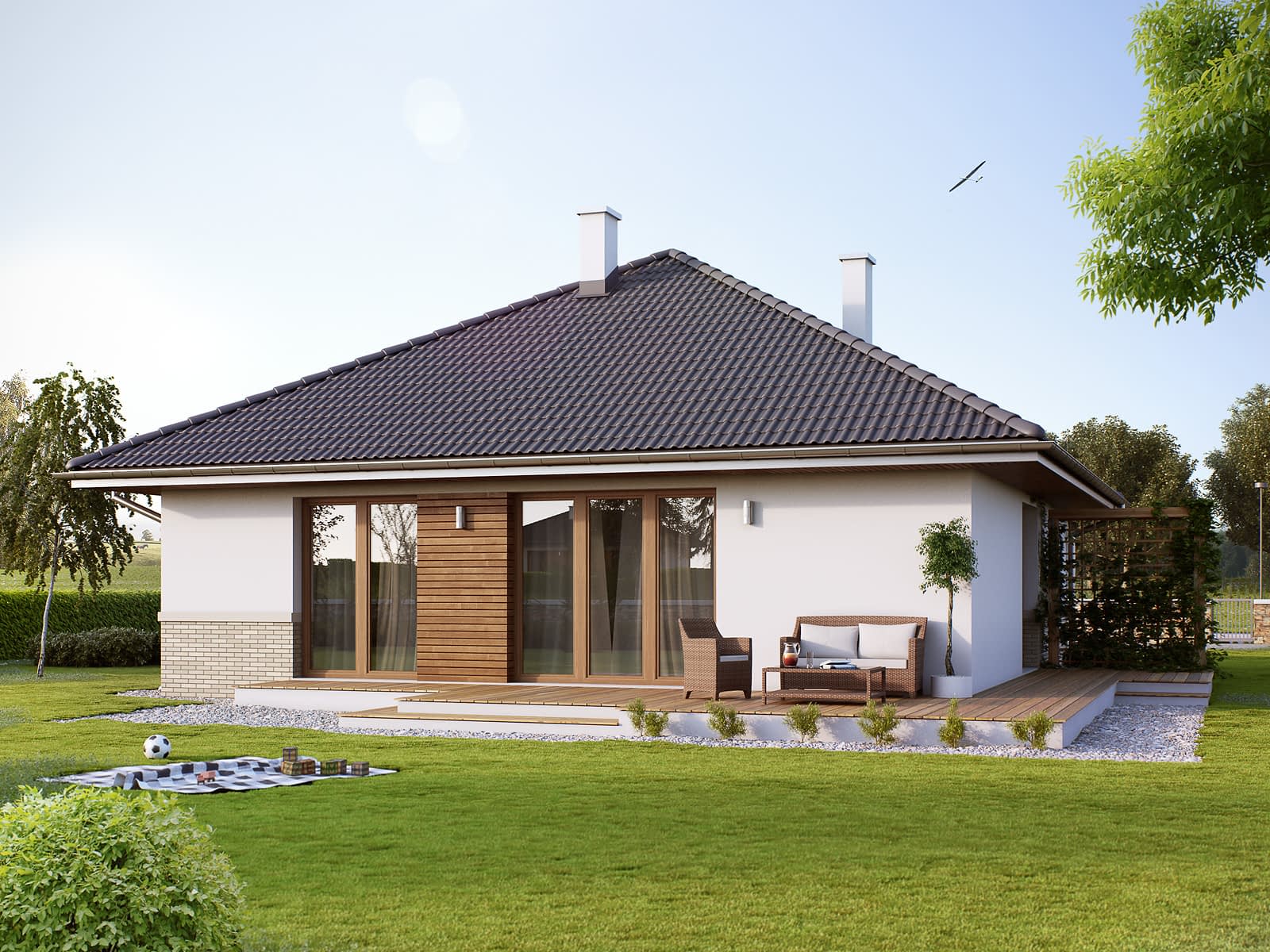






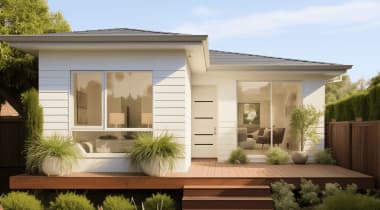











The final price may vary based on project specifics.
To get a free accurate quote tailored to your needs, book a consultation with us today!

The price per square foot provided is an average and may vary depending on project-specific details such as materials, location, complexity, and other factors. Actual costs may differ from the average provided.
It is recommended to obtain a detailed quote based on the specific requirements of your project.

Please note that the monthly payment displayed on this page is an estimate and is subject to variation based on the selected loan product, applicants credit score, loan amount, and other financial details. Actual monthly payment may differ from the estimate provided.
It is recommended to seek advice from a financial advisor or loan officer to obtain precise payment information tailored to individual circumstances.
 Your Trusted
Local Contractor
Your Trusted
Local Contractor

Many homeowners look for more space on their existing property but tend to overlook the open space between the garage ceiling and the roof. A garage loft conversion is a method of transforming this underutilized, empty space similar to an attic in the main house. Not only is it possible to use this area for storage space, but also to convert it into extra living space.
It’s probably been a while since you started dreaming about a cost-effective renovation that can create some extra space without significant structural changes. Let’s explore garage loft conversion ideas to determine if this construction type suits your property!
Creating habitable rooms instead of idling areas is the cornerstone of space efficiency. Surely, you can add an extension to your house in the form of a new room. But this will occupy more space in your garden, limiting your outdoor space. On the other hand, opting for a garage roof conversion allows you to expand the living area without affecting the garden space.
Whether you transform only the roof space or a bigger portion of your garage, converting an existing structure brings forward such benefits as:
The new space created by partial garage conversions can serve as a new room (bedroom, living room, home office, or art studio) for your family member to live in or make use of. Alternatively, if the garage size allows so, you can convert the loft in your existing garage into a self-sufficient living space (ADU).
Unraveling the garage loft conversion potential to later turn the newly-formed space into a new bedroom, a guest unit, a storage room for seasonal belongings, a utility room, or a full accessory dwelling unit, homeowners should start planning the upcoming construction in advance.
For garage loft conversion, it’s essential to understand the intricacies of transforming non-residential premises into a habitable space. This involves checking such aspects as:
Belonging to non-residential spaces, most garages lack proper floor insulation. So, to meet thermal efficiency standards for livable spaces, you may need to raise the floor level by approximately 4-6 inches. This is quite a lot for a residential space, so it’s possible that you’ll have to lift the ceiling joists or even reconstruct the entire structure to have a proper ceiling height. For pitched roofs, lifting the ceiling joists could create a vaulted ceiling space.
First of all, if you have a detached garage, it’s always a bit easier to deal with. Garage roofs for detached garages can be two kinds: a flat roof and a pitched roof. On the other hand, in the case of an attached garage, the roof will extend into the place where the garage becomes a part of the main house. Non-standard roofs may require a re-roofing, which is pretty costly. As for pitched roofs, they may need new trusses, felt, tiles, fascia, and soffit. Flat roofs may demand raising ceiling height to provide adequate space for insulation and ventilation. It also may be necessary for re-roofing.
Originally, roof insulation may be at the ceiling height or at the rafter level. You need to know what insulation method builders used because if it’s not enough, you’ll have to perform loft insulation all over again in compliance with building regulations. If you have ceiling height insulation and a pitched roof, it often makes sense to create a loft hatch. However, if the roof insulation resembles one in the main house, you can use simple roll insulation or spray foam.
Properly positioned skylights can provide natural light, ventilation, and an improved spacious feel. However, if you aim to make it a living space for constant residence, direct access to sunlight may cause you troubles such as glare, heat buildup, and potential discomfort. It’s important to create adequate shading by either rebuilding the windows completely or adding blinds or shades.
If you wonder if partial garage conversions belong to permitted development, we can say that usually not. However, it’s essential to consult with your local authority to make sure your area doesn’t have different rules. Moreover, we recommend acquiring a lawful development certificate that proves the proposed development is lawful. It will make it easier to sell your property in the future if you have this in mind.
Despite reduced building control, any garage loft conversion must meet building regulations specified in the local building code and other documents. Besides this, the conversion must meet safety rules, structural soundness, and environmental standards, covering areas like fire safety, insulation, ventilation, and access.
In most cases, the city you live in will demand that a licensed contractor tackle the garage conversion, even if it’s a partial one. Nevertheless, it’s important to understand the process of loft conversion and be aware of the extent of services you’ll need to select and pay for.
Firstly, if you stored something in the loft space of the garage, you’ll need to move the items to the shed or to your basement. If you didn’t have a loft at all, only empty space beneath the roof, the builder would typically start by creating the loft space as part of the conversion project.
The next preparation steps involve the following:
Depending on your particular garage design and layout, you may need extra work to complete the preparation stage. In more detail, you can learn about the process from your builder.
The garage loft conversion is quite a deal. But the results can be truly outstanding.
If you want to build an aesthetically pleasing area instead of a cluttered space under the garage roof, consider the following steps:
All in all, converting a part of the garage into a living area requires plenty of different work and deep knowledge of the construction process. Although it’s possible to do it yourself, to save time and effort while avoiding costly mistakes, it’s advisable to hire a professional contractor. At A+ Construction & Remodeling, we have expertise in both building ADUs from scratch and transforming your unused garages, attics, and basements into brand-new functional living spaces!
A garage loft conversion is a flexible space that may have versatile uses. It may become a place where your kids play loud games or set up a treehouse-type headquarters. Alternatively, a loft conversion may act as a guest space, presenting a private room for the complete and undivided use of the overnight visitor.
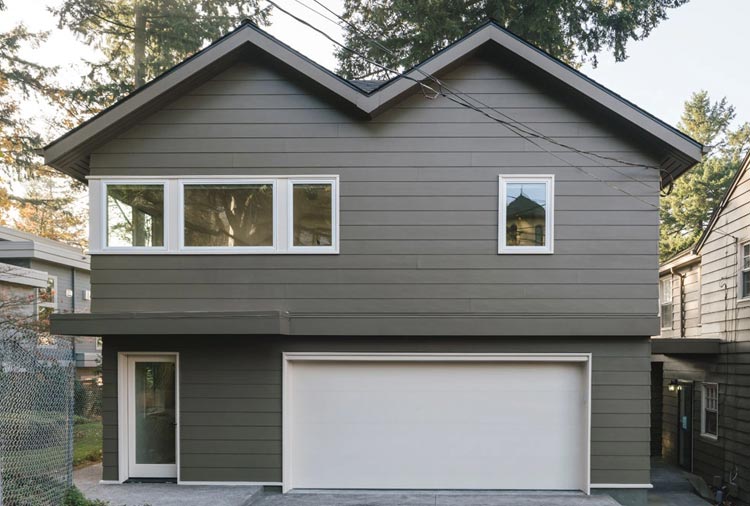
A quiet and peaceful space away from the busyness of your house can be your salvation when you need to work from home. Or, the loft area often features good lighting and a highly creative and secluded ambience conducive to artistic expression and crafting.
Also, a roof conversion can work as a dressing room or a place where you store your vintage furniture. And, finally, it can be a mini-flat for your auntie or a grandmother, if it’s not too hard for them to climb the stairs.
To sum up, garage conversions boast a plethora of possible uses, catering to the diverse needs of homeowners. Taking a cluttered or empty room under the garage roof and transforming it into a functional space is possible! If you make up your mind on building a garage loft conversion, reach out to A+ Construction & Remodeling so we are able to provide you with the plan of action!
Get a First Look at Real ADU Projects